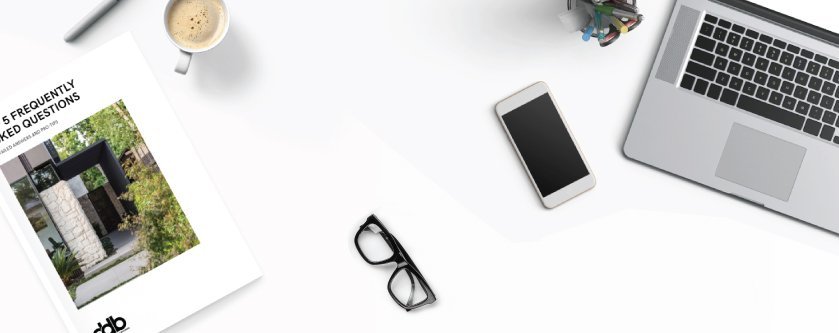
EMAIL # 259 -24TH MARCH 2024 - "AVOIDING THE WRONG CLIENTS"
Bad Clients = Bad Business.
Success in Business Often Comes Down to Avoiding the Wrong Customers.
90% of problems come from 10% of customers.
DDB Design (my building company) has recently finished two 2-year projects, and both were blessed with extremely good clients. The difference this makes to the overall process of designing and building a new house cannot be overstated.
The amount of enjoyment and satisfaction for both the builder and the client is equal to the level of trust between the client and the builder. Three decades of residential building experience has taught me that the higher the trust the better the journey and the better the final outcome.
“Trust is the foundation of all relationships.”
“Trust is earned when action aligns with words, by doing what you say you will do.” Unknown
One of the main reasons DDB Design does not tender for building jobs, is you don’t get to know the clients before you submit your quote to the architect. You have no idea whether they are the right client for you and your business. If your tender is successful, you get forced into a corner and it’s very difficult to pull out of the project. Hoping for the best and signing the contract without vetting the client can spell DISASTER.
“Your customer doesn’t care how much you know until they know how much you care.” Damon Richards
Builders are in the relationship business.
Client-builder relationships are quite unique due to their length and depth. These relationships last for several years, and the quality of this relationship is crucial to the ultimate success of the project.
Being a good client is mostly about being a good person.
Here are the traits I look for in a potential new building client.
- Good communicator.
- Well prepared, prepared to do their homework.
- Respect for others, especially tradesmen.
- Open minded, open to new ideas.
- Respectful of your boundaries, and your time.
- Willing to trust the process.
- Humble, they admit what they don’t know.
- Have high standards, that you don’t want to disappoint.
- Relaxed and able to enjoy the process.
Evaluating if a client is a good fit comes from understanding their expectations and their priorities, which requires high quality interactions over several months. If this filtering process is ignored or cut short, it can be very detrimental for both parties.
The traps that clients fall into themselves mainly stem from underestimating what’s involved in designing and building/renovating a house. The reality is, it takes years of consistent effort and disrupts every part of their life. But some clients naïvely believe that they can just move out of the house and leave it to the builder and/or architect to take care of everything.
Client related problems also arises when the husband and wife are not on the same page regarding their expectations and involvement in the project. One spouse is often more heavily involved in the project but struggles to communicate everything that’s going on and decisions that need to be made. This misalignment causes unnecessary stress for both the client and builder and can results in bad decisions, cost increases and time delays.
Most clients don’t know what they don’t know.
To be proactive and helpful with new clients, several years ago I wrote the following guide for “How to be a good client”.
B.1 How to be a good client.pdf
Ultimately the strength of any relationship all comes down to trust.
What’s important for the business owner is having a good radar for what “being a good person” looks like.
The only times I have not trusted my client radar, the building project has not gone well, and the clients have caused me significant grief for years to come.
